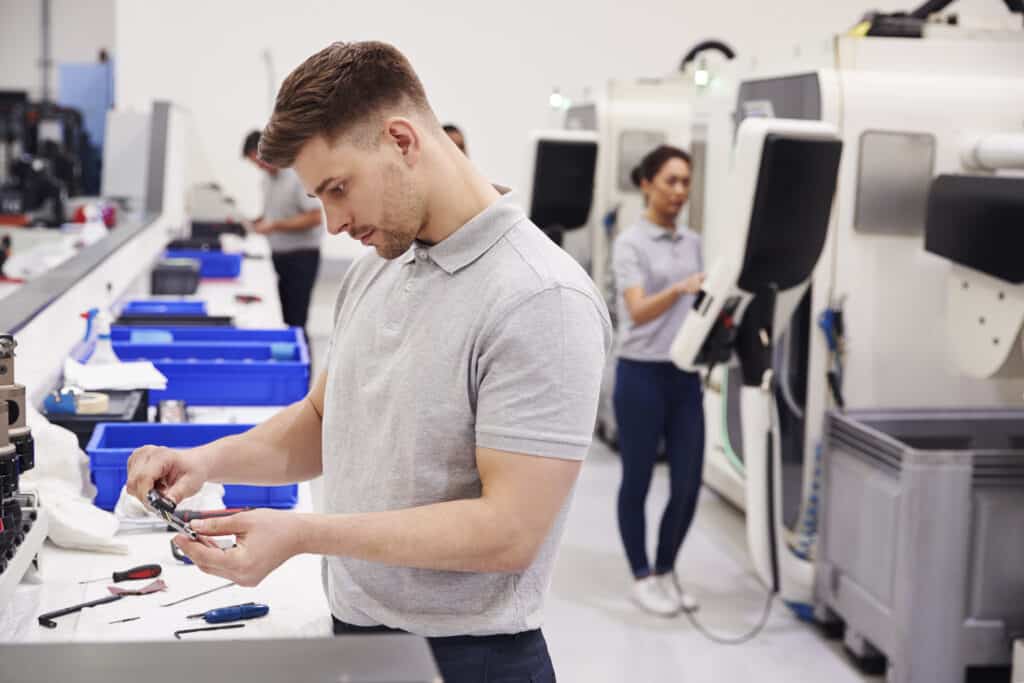In the world of manufacturing and production, ensuring product quality is paramount. Two essential processes that help achieve this goal are inspection and quality control. While these terms are often used interchangeably, they have distinct meanings and purposes. In this article, we’ll explore the differences between inspect and quality, their respective roles in maintaining product quality, and how they contribute to overall process improvement.
Inspection: A Necessary Step in Quality Assurance
Inspect is a fundamental component of the quality assurance process. It involves the systematic examination of products, materials, or processes to ensure they meet specific standards or criteria. Inspect can be conducted at various stages of production, from raw materials to finished products. The primary purpose of inspect is to identify and rectify defects, deviations, or non-conformities in a product or process.
Five Key Features of Inspect:
- Detects defects or issues.
- Focuses on identifying problems.
- Typically conducted after production.
- Often performed by a separate inspect team.
- Reactive in nature.
Quality Control: A Proactive Approach to Quality Management
Quality control, on the other hand, is a broader and more proactive approach to managing product quality. It encompasses a wide range of activities and processes designed to prevent defects and ensure that the final product meets or exceeds customer expectations. Quality control integrates inspect as one of its tools but goes beyond that to address the root causes of defects, striving for continuous process improvement.
Five Key Features of Quality Control:
- Focuses on preventing defects.
- Includes inspection as one of its tools.
- Involves ongoing monitoring and improvement.
- Requires active involvement of all employees.
- Proactive in nature.
Key Differences Between Inspect and Quality
Purpose:
- Inspection aims to identify and address defects or issues in a product or process.
- Quality control aims to prevent defects by continually monitoring and improving the production process.
Timing:
- Inspection typically occurs after production.
- Quality control is an ongoing process that happens throughout production.
Responsibility:
- Inspection is often conducted by a separate team or individuals.
- Quality control involves the active participation of all employees, from management to production workers.
Approach:
- Inspect is a reactive approach that responds to problems as they arise.
- Quality control is proactive and seeks to prevent problems from occurring in the first place.
Scope:
- Inspection primarily focuses on the final product.
- Quality control extends its scope to the entire production process, including materials, equipment, and employee training.
The Synergy Between Inspect and Quality
While inspection and quality control have distinct roles and purposes, they are not mutually exclusive. In fact, they complement each other in achieving the goal of delivering high-quality products. Inspection serves as a valuable tool within the broader framework of quality control. By conducting inspections at various stages of production, companies can identify issues and use this information to improve their processes.
Quality control encompasses not only inspection but also process optimization, training, and a culture of continuous improvement. It encourages a proactive approach to quality, seeking to minimize defects and waste before they occur. In contrast, inspection serves as a last line of defense, ensuring that any remaining defects are caught before they reach customers.
Conclusion
In the world of manufacturing and production, both inspection and quality control play crucial roles in ensuring product quality. While inspection is essential for identifying defects and non-conformities, quality control takes a more proactive approach, seeking to prevent these issues from occurring in the first place. By understanding the differences between these two approaches and how they can work together, companies can improve their products, processes, and overall quality management, ultimately delivering higher customer satisfaction and staying competitive in the market.

